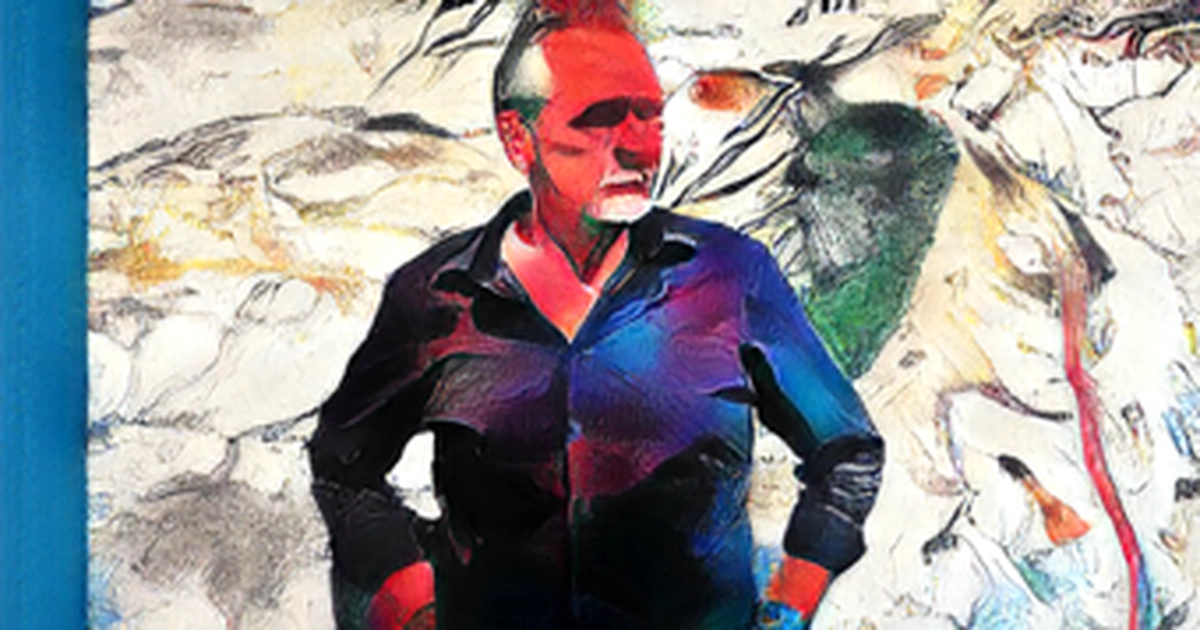
A Photographer Who Has Always Worked on a Large Scale Goes Even Bigger.
In The Wake of Progress takes 40 years of Mr. Burtynsky's works, including some video projects, and combines them with a powerful emotional soundtrack composed by Phil Strong to create a multimedia experience. Anyone who visited Expo 67 will likely be reminded of The National Film Board of Canada's Labyrinth. It debuted on an extreme scale. For Toronto's Luminato Festival, Mr. Burtynsky was allowed to take over the 22 screens that normally light up Toronto s Dundas Square with advertising several stories tall. He followed that with a three-screen version, with each screen standing about 10 meters high. In The Wake of Progress has just closed in Toronto and is coming to Montreal this fall. The sheer size of the projections brings dramatic changes to even Mr. Burtynsky's most familiar works. The factory workers who appear as just rows of people in prints or books become individuals, and details emerge to the foreground. I spoke with Mr. Burtynsky shortly before the smaller scale, yet still very large, Toronto show closed. The highlights of our conversation have been edited for clarity and length: When you were offered the Dundas Square screens, was the idea immediately appealing?
It was also a way to reference that the square was a grove of trees in the not-that- distant past. I feel that public art doesn't connect directly. I wanted to have the idea of somebody leaving Nordstrom s with their shopping bag and then getting swept up in a roller coaster ride experience.
I started in photography at Ryerson and my first year assignment was to go out and find evidence of man. I started thinking about how ruins are evidence of the lives of humans passing. I grew up in St. Catharines, where all the leftover bits of the Welland Canal went through four different routes through time. I mapped all the different routes, I biked them all and then started photographing these remnants. I like to think. It suited the way I like to think. It was kind of like they gave me a hall pass to like being an alien. It was as if I had to come to this planet to report back to another intelligence about what we are doing to the planet. I want to show how we are changing the planet, how we are deforesting and how we are turning it into farmland, how we extract metals from the earth, how we use water, how we use technology. Our land of plenty will eventually become a land of scarcity because all the easy stuff will get picked over and the land will be depleted. One striking thing about your work is how it shows the skill people have at building things on an inhuman scale.
Our technological revolution has dwarfed ourselves with our own creations. We are little trucks in this big open pit mine. We are building these 400 ton machines that can move tons of material in one bucket. I look for landscapes that feel like they come from alien worlds, yet they are the world we created. These things have a surreal quality to them and scale to them. There is no reason for people who live in cities to go see these places. I'm in a way bearing witness and bringing these things back to consider.
